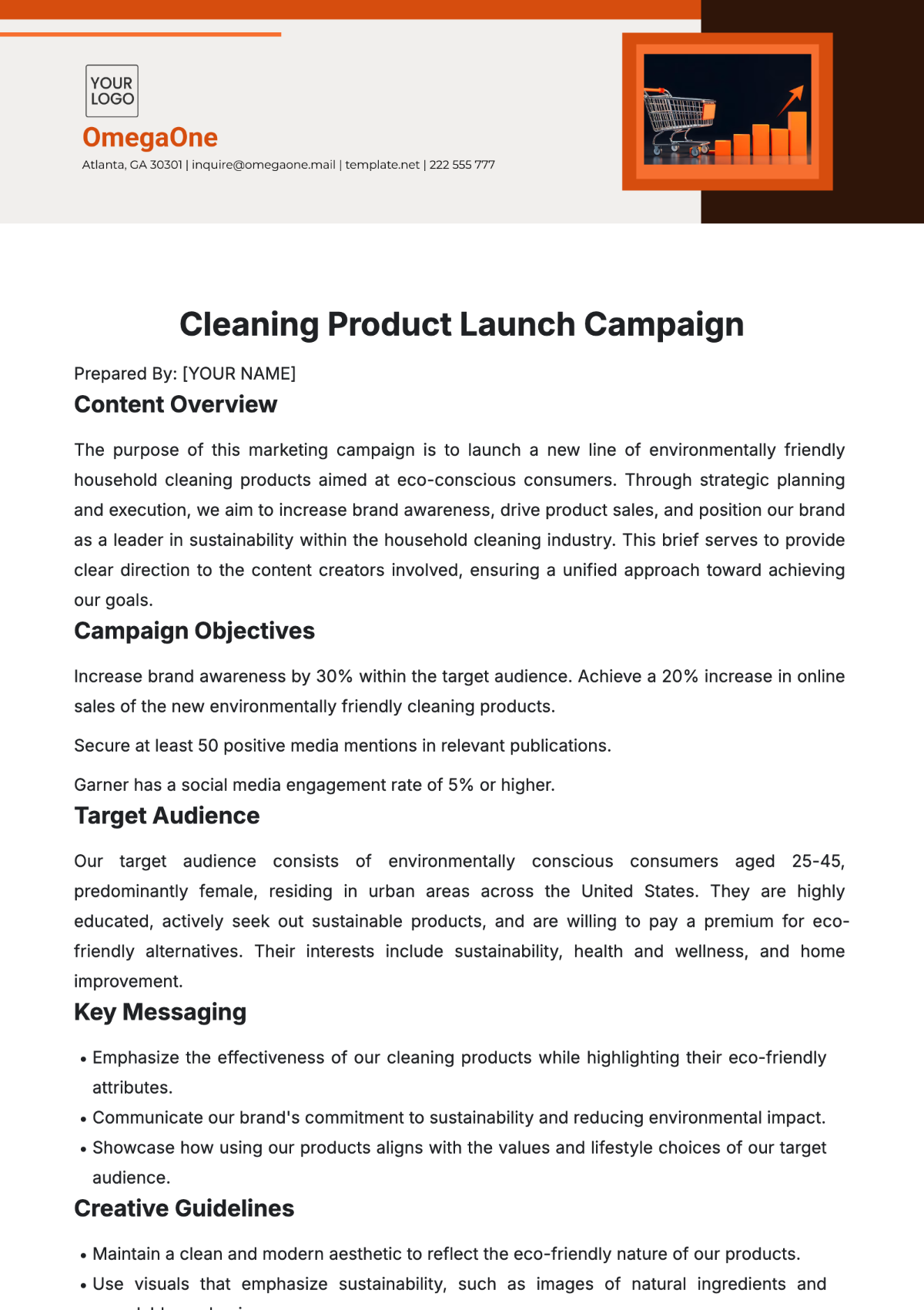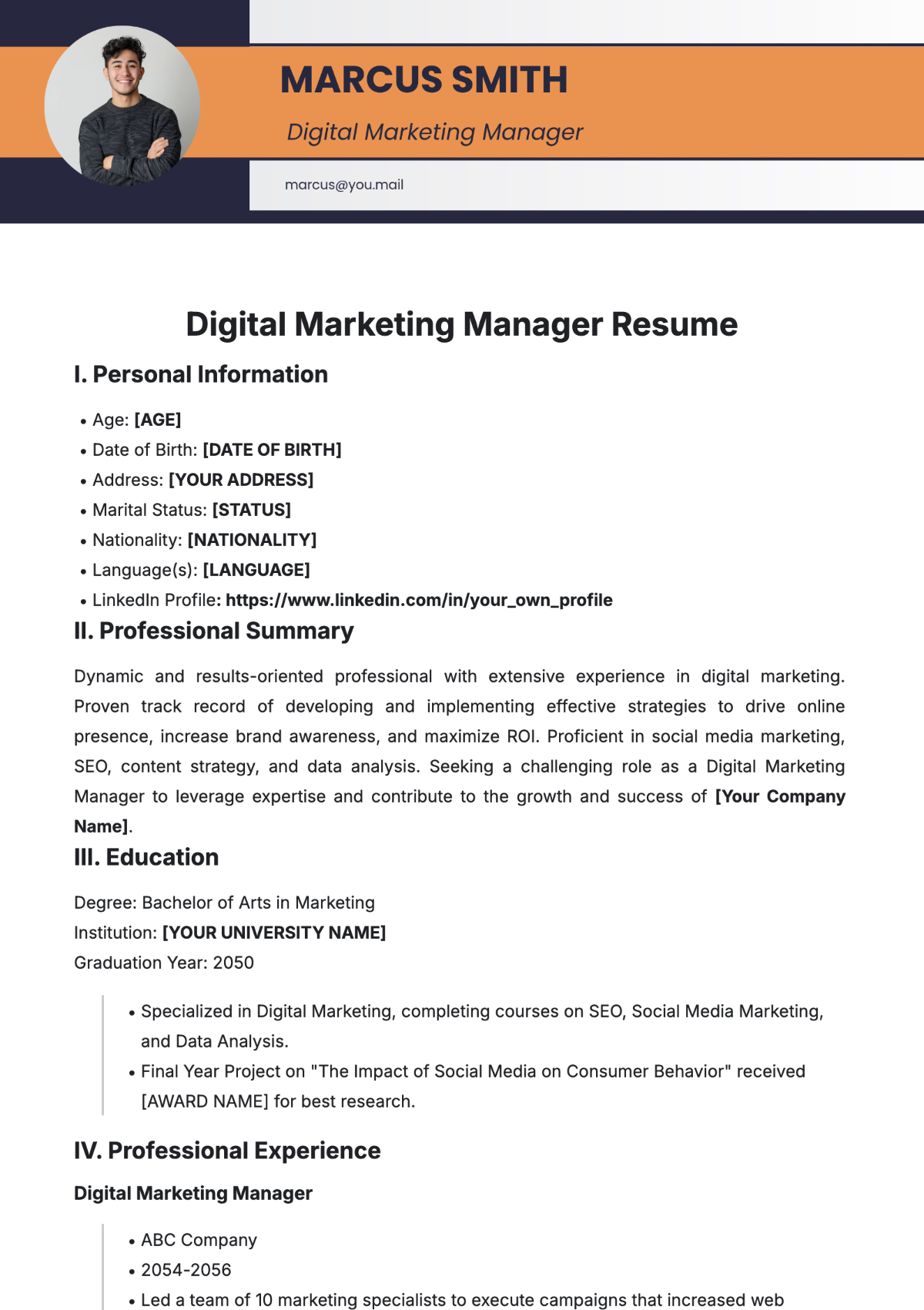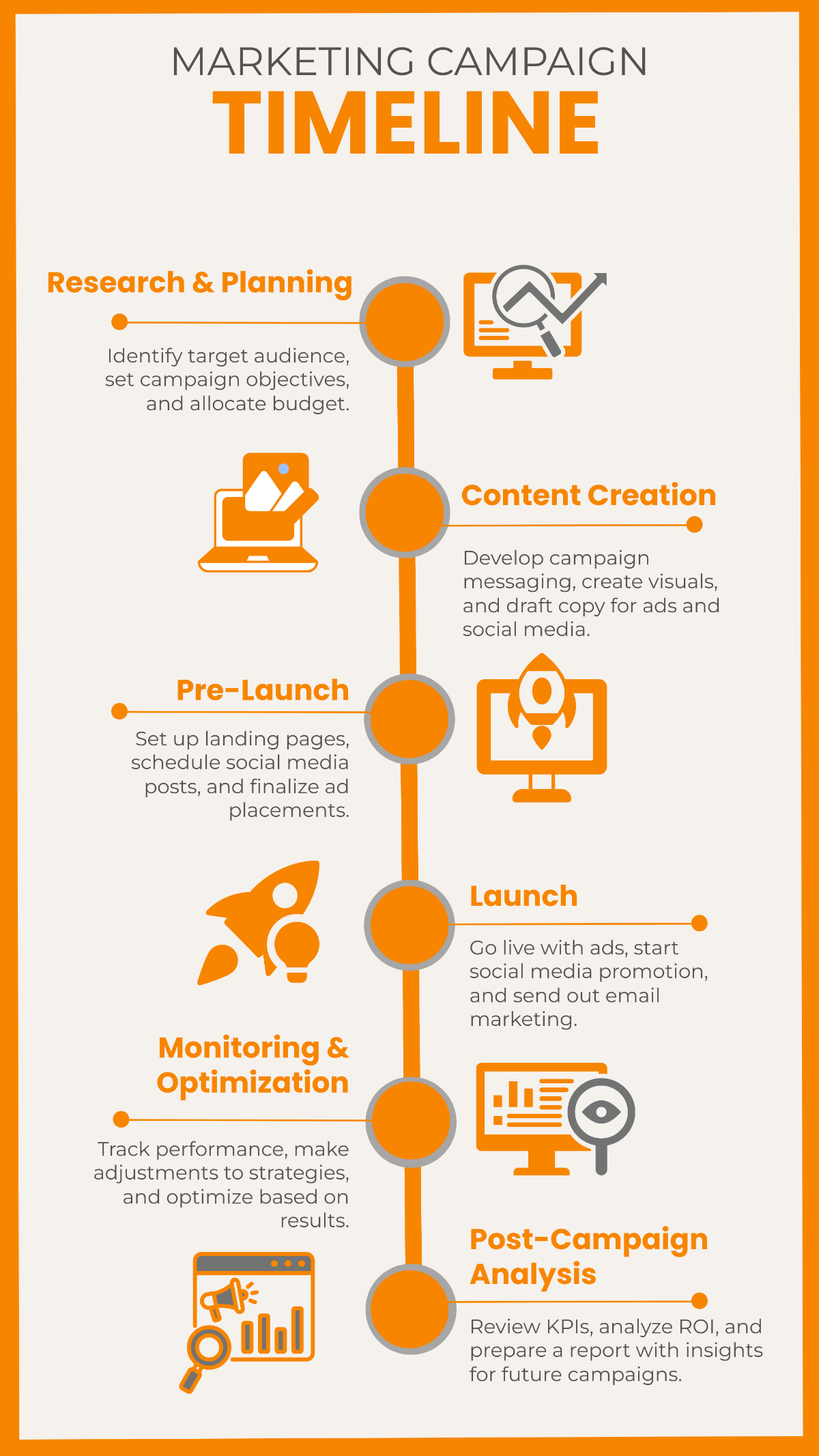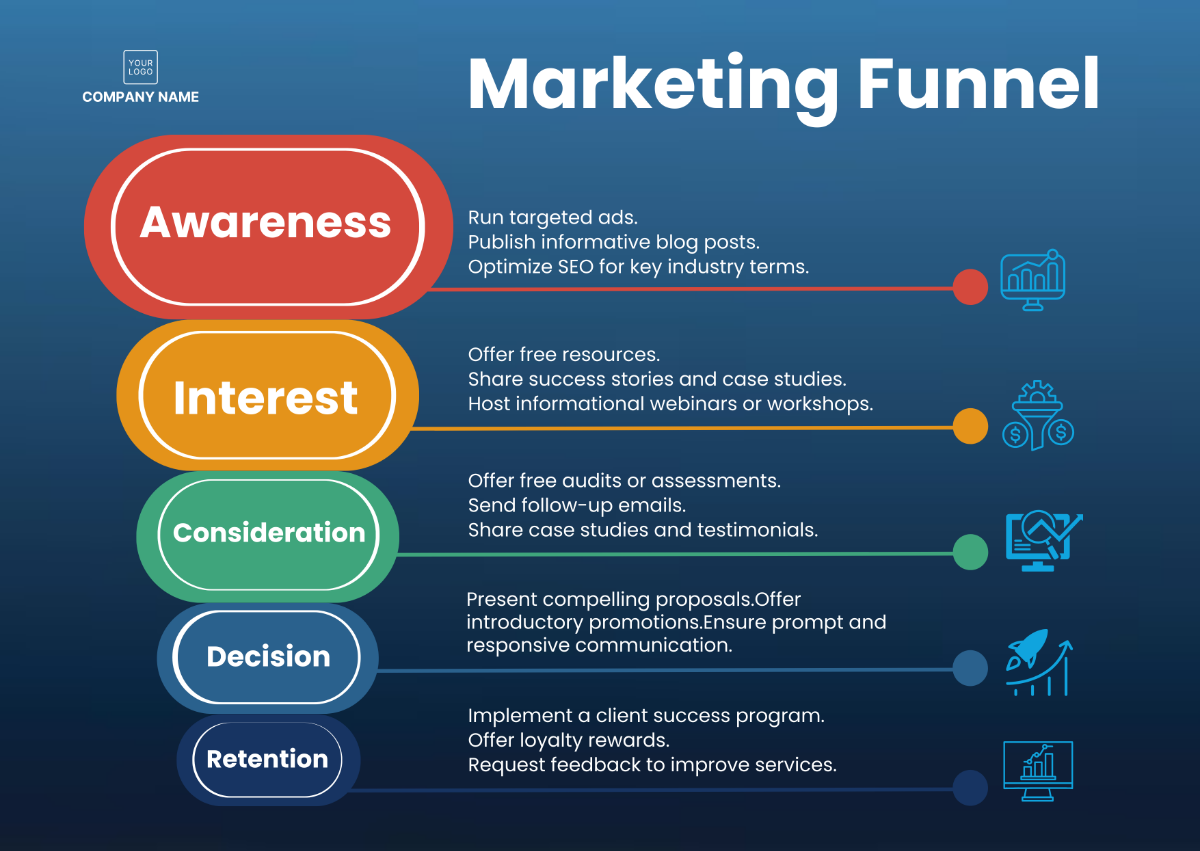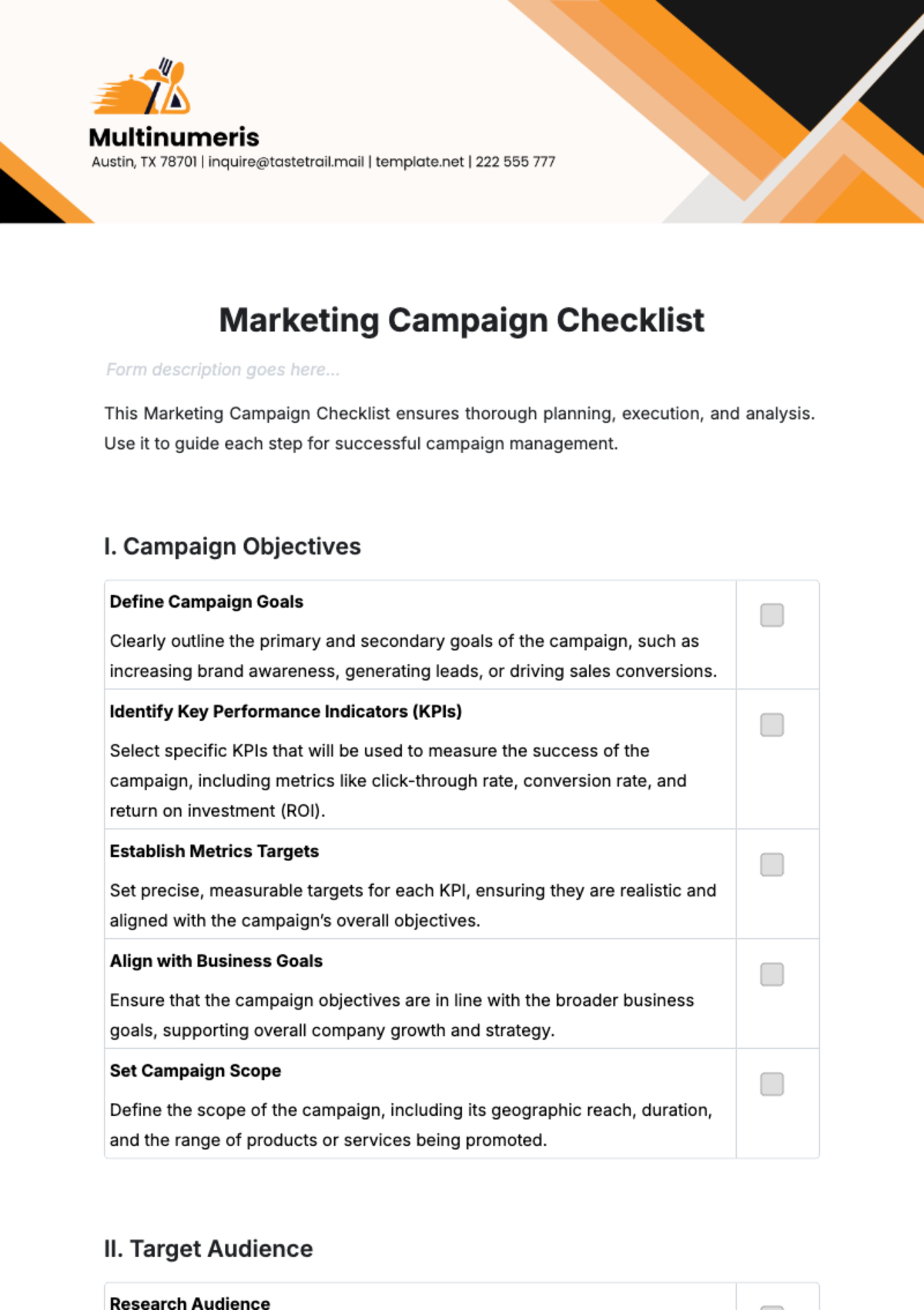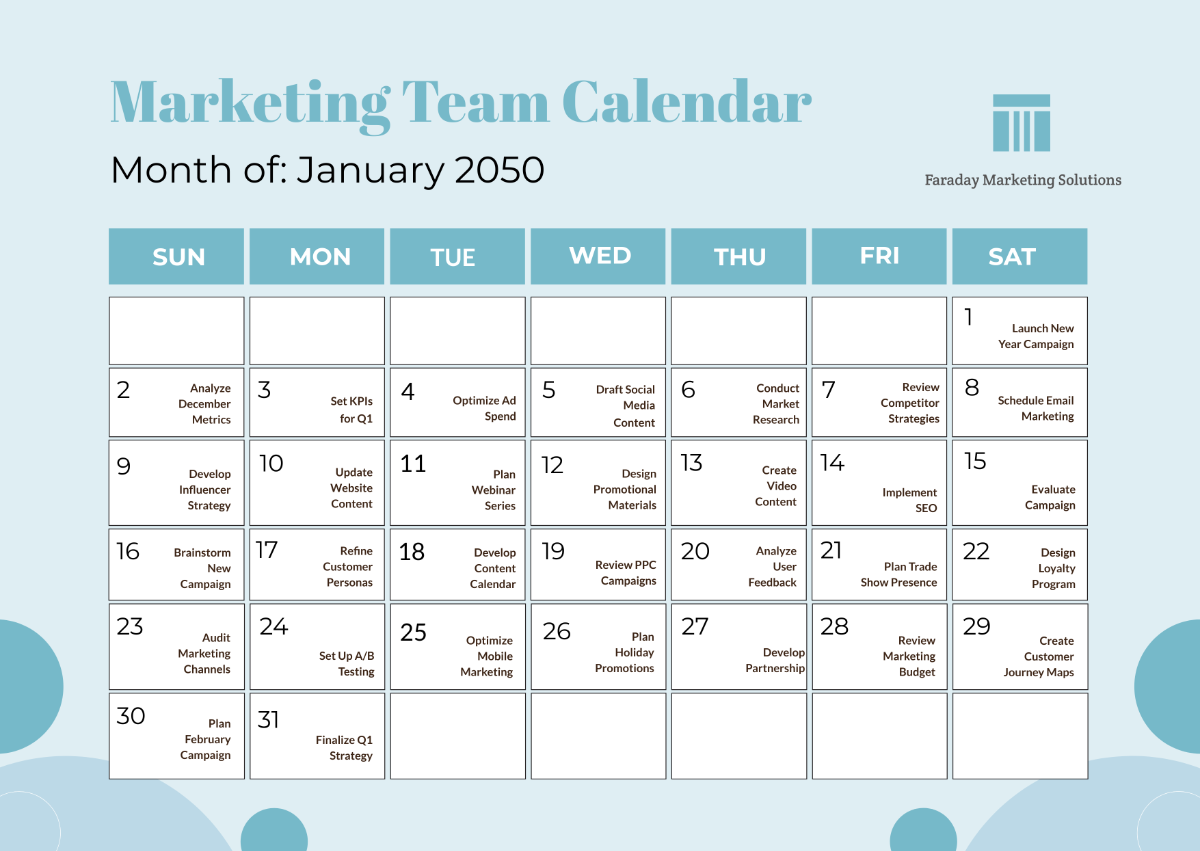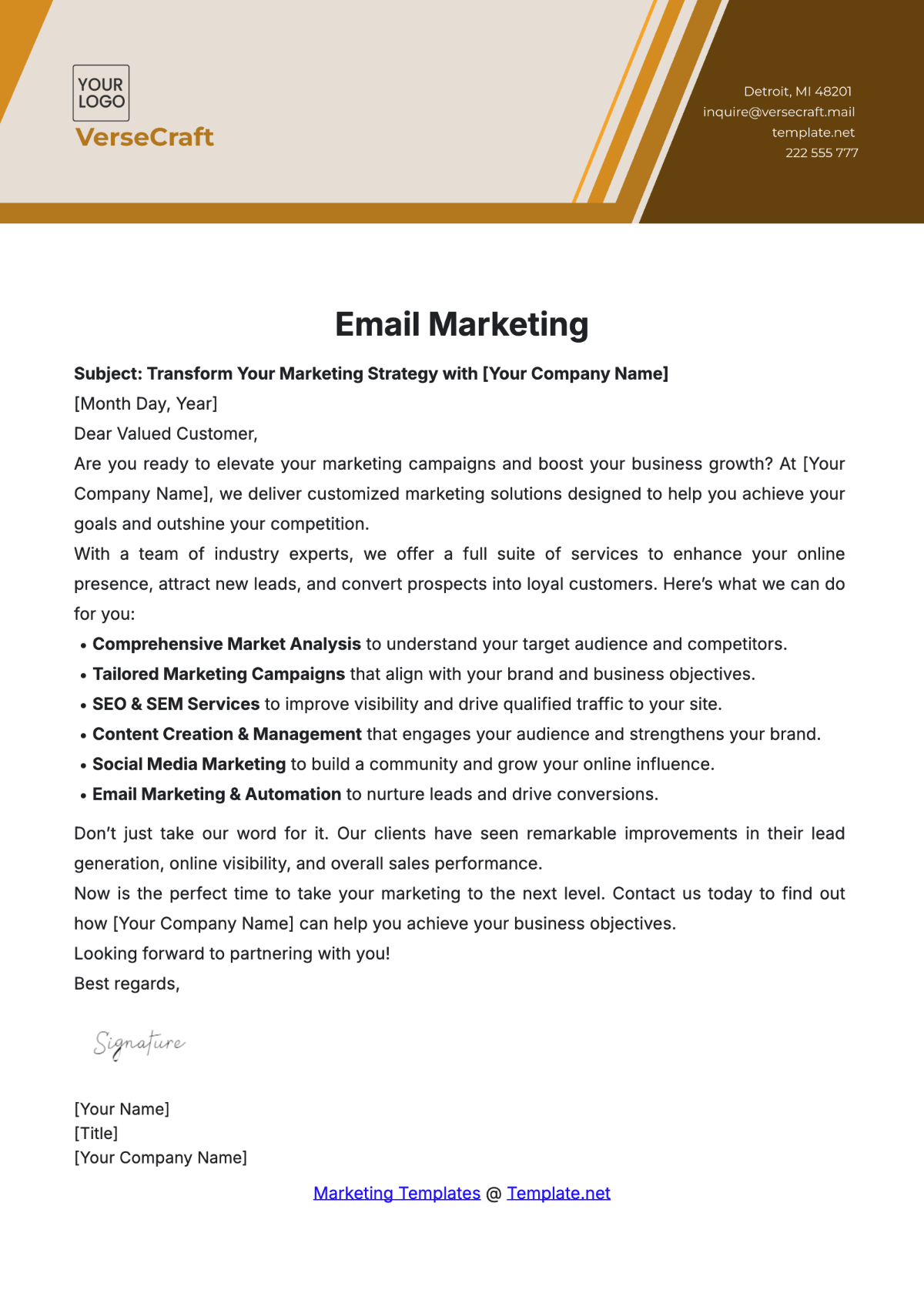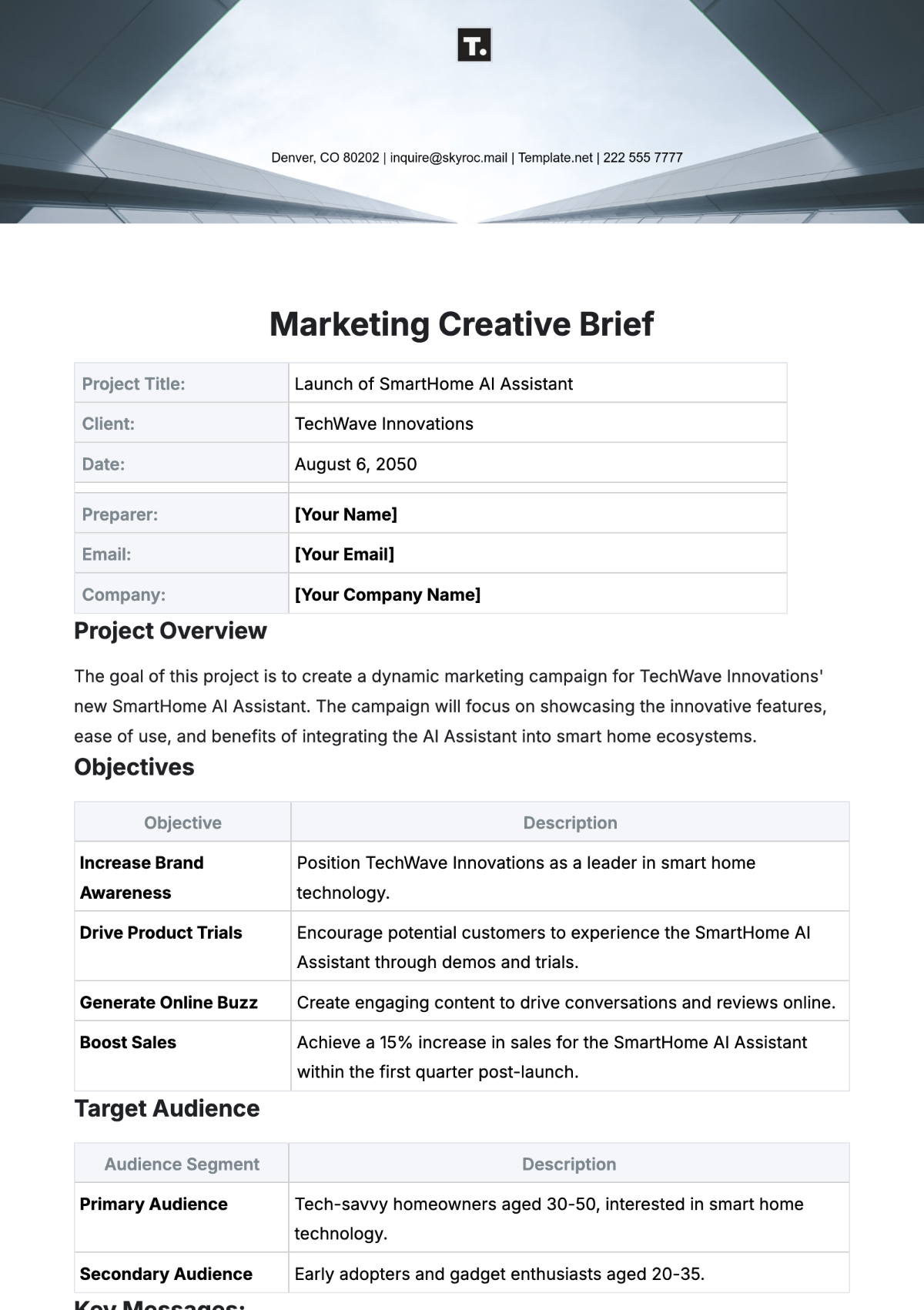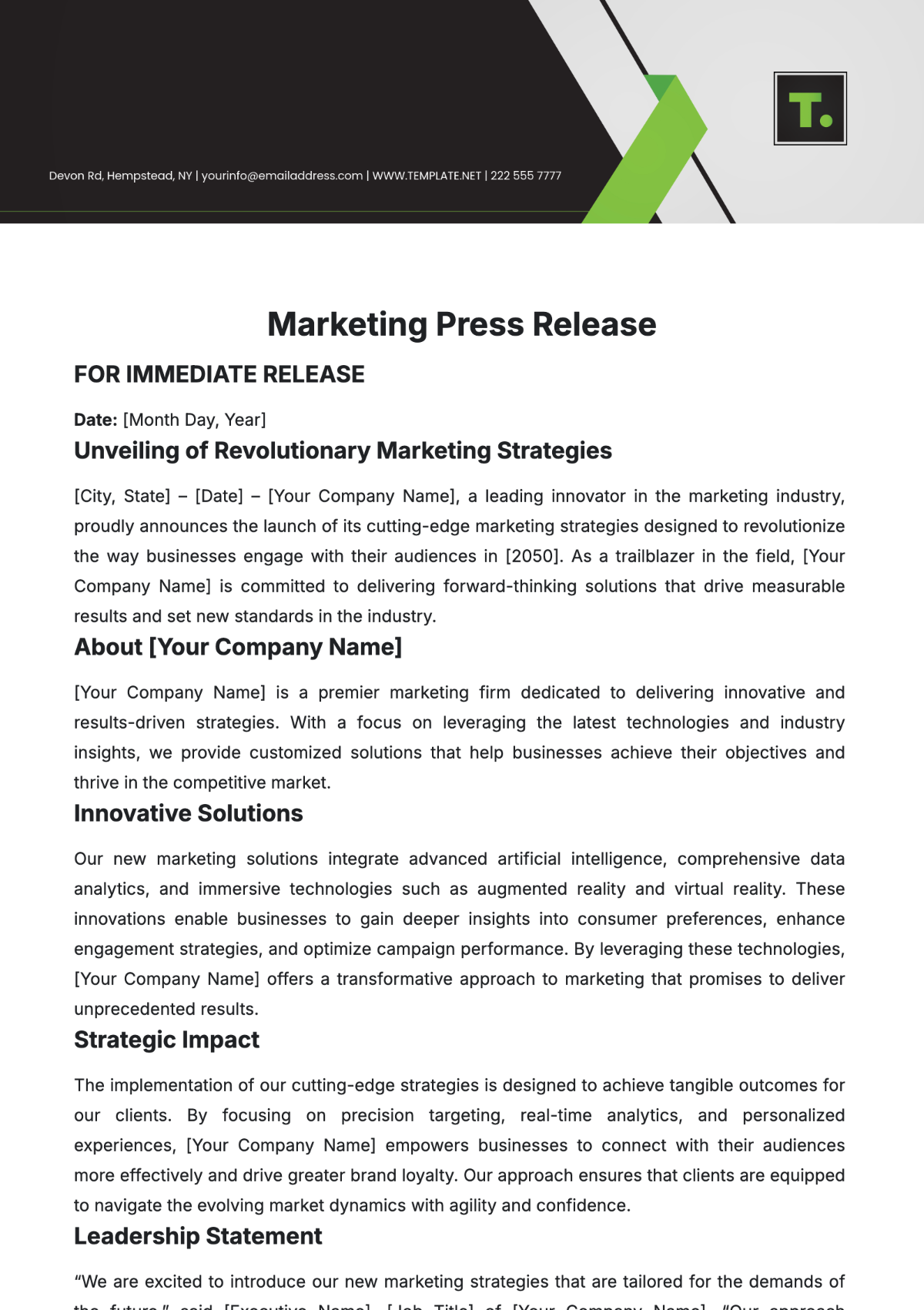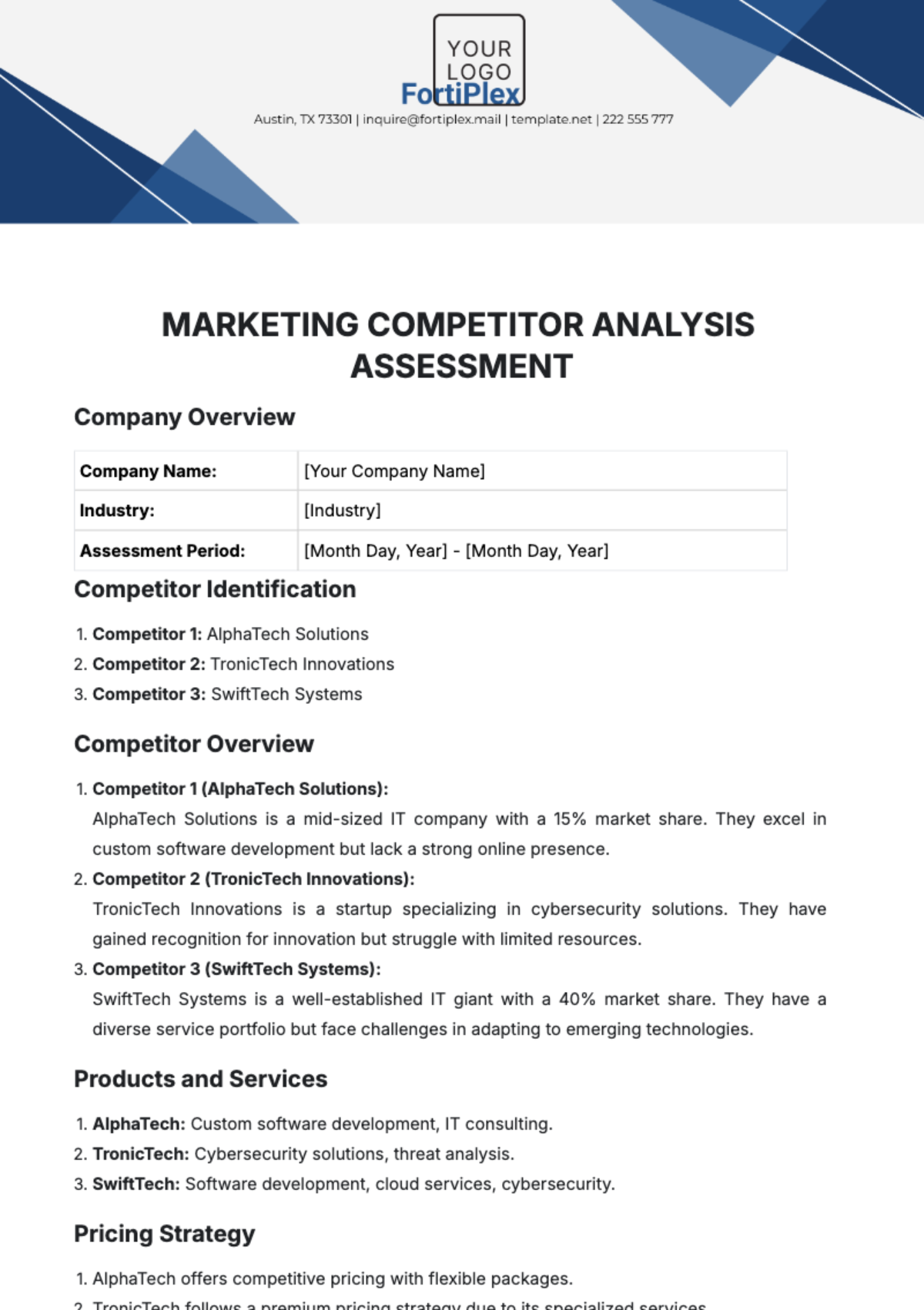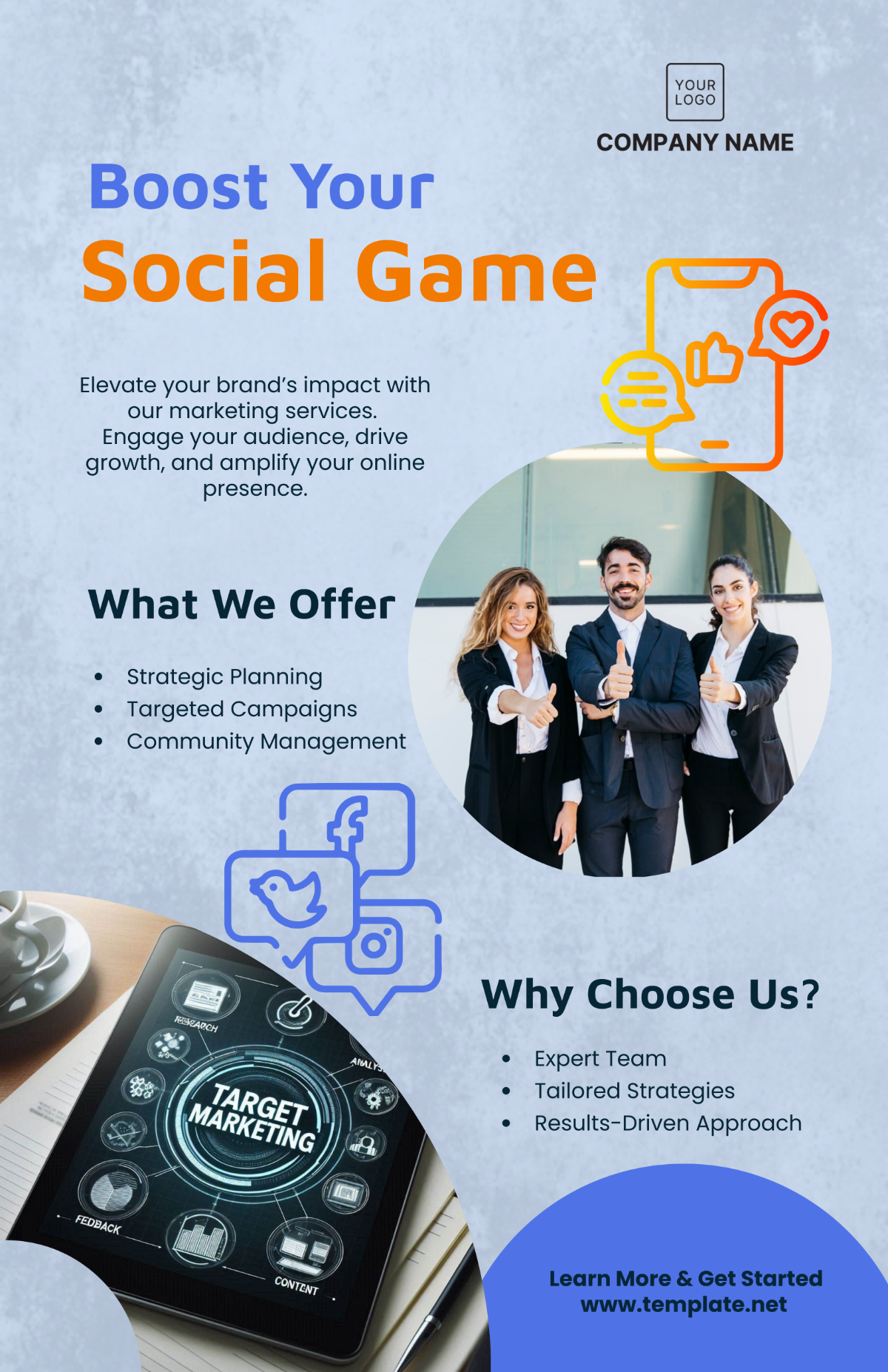Marketing User Behavior Guide
Section 1: Introduction
Welcome to the Marketing User Behavior Guide for our exciting dice set product. We designed this guide to help our marketing team understand and analyze user behavior, ensuring that our strategies align with the preferences and needs of our target audience.
Section 2: Target Audience
Our primary target audience comprises hobbyists aged 00 to 00 years old. These individuals are passionate about various tabletop games, role-playing games, and other related hobbies. Understanding their preferences, interests, and online behaviors is crucial for crafting effective marketing campaigns.
2.1 Demographic Profile
Our target audience, aged 00 to 00, encompasses a diverse group of individuals deeply immersed in tabletop and role-playing games. These hobbyists share a common interest in seeking unique and high-quality gaming accessories. With varied income levels, they possess disposable income earmarked for enhancing their gaming experiences. Understanding this demographic's age range and interests provides a foundation for tailoring marketing strategies that resonate with their specific preferences and lifestyles.
2.2 Psychographic Insights
Delving into the psychographic aspects of our audience reveals key motivations, values, and pain points. Our target customers are motivated by a desire for immersive gaming experiences and have a keen appreciation for quality, uniqueness, and aesthetic appeal in gaming accessories. Their pain points often revolve around the limited availability of high-quality and unique dice sets in the market. By empathizing with these motivations and addressing their pain points, our marketing strategies can create a compelling narrative that aligns with the emotional and value-driven aspects of our audience.
2.3 Online Behavior
Understanding the online behavior of our target audience is crucial for effective outreach. These individuals prefer engaging on social media platforms like Instagram and Facebook, participating in discussions on gaming forums, and exploring niche hobbyist websites. Their shopping habits are research-driven, and they rely heavily on online reviews to inform their purchasing decisions. With a high level of digital literacy, they are comfortable with online purchases across various devices. Acknowledging these online behaviors guides our marketing efforts toward platforms and strategies that resonate most effectively with our audience's preferences.
Section 3: Website Overview
We designed our website to be intuitive, providing a seamless user experience. Ensure that the marketing strategies take advantage of the website's user-friendly interface to drive engagement and conversions.
3.1 Interface Features
Our website's success hinges on intuitive navigation, featuring clear menus, a prominent search bar, and straightforward product categories. Mobile responsiveness is paramount, ensuring a seamless experience across devices for on-the-go users. Visual appeal is a priority, with high-quality images, an aesthetically pleasing design, and concise product descriptions that collectively enhance the overall user experience. By focusing on these interface features, we aim to captivate and retain users by providing them with an effortless and visually satisfying journey through our platform.
3.2 User Engagement
User engagement is a central focus of our website design. Call-to-action (CTA) placement is strategic, with buttons positioned to guide users seamlessly through the sales funnel. Interactive elements, such as quizzes, polls, and product customization features, enhance user interaction and create a sense of personalization. Additionally, loading speed is optimized for quick page loading, minimizing bounce rates and ensuring a frictionless experience that encourages prolonged user engagement.
3.3 Accessibility
Our commitment to accessibility involves inclusive design principles, ensuring that our website accommodates users with disabilities for a universally user-friendly experience. Browser compatibility is a priority, guaranteeing that our website functions seamlessly across popular browsers. Multilingual support further enhances accessibility, recognizing the diversity of our audience and providing content in multiple languages to cater to a global customer base.
Section 4: User Persona Profiles
Create detailed user persona profiles based on our target audience. Consider factors such as gaming preferences, online behavior, purchasing habits, and motivations. These profiles will serve as a foundation for personalized marketing approaches.
4.1 User Persona Profiles
Among our diverse target audience, the Gaming Enthusiast persona stands out as an active participant in gaming communities and conventions. Motivated by a quest for unique and premium dice sets, this persona engages in frequent discussions on gaming forums and social media platforms. The Collector, another distinct persona, is characterized by a passion for building a diverse collection of gaming accessories, with a particular interest in limited edition or themed dice sets. On the other hand, the Casual Hobbyist persona enjoys gaming as a casual pastime, seeking affordable yet stylish dice sets for occasional use. By understanding these personas, we tailored our marketing strategies to address the specific needs and preferences of each distinct segment within our target audience.
Section 5: User Journey Mapping
Map out the typical user journey from the initial awareness stage to the final purchase. Identify key touchpoints, potential obstacles, and opportunities for engagement. This mapping will guide the development of targeted marketing content for each stage.
5.1 Awareness Stage
In the awareness stage, our marketing efforts strategically place touchpoints on social media ads, gaming forums, and influencer reviews to capture the attention of our target audience. The objectives are clear: create intrigue, drive website visits, and establish a strong initial connection. Key content elements include engaging visuals, product highlights, and introductory promotions, ensuring that our audience is not only aware of our dice sets but also enticed to explore further.
5.2 Consideration Stage
Moving into the consideration stage, our focus shifts to detailed product pages, customer reviews, and comparison guides. The objectives at this stage are to provide in-depth information, address concerns, and showcase the superior quality of our dice sets. The content strategy incorporates video demonstrations, customer testimonials, and product comparisons to assist users in making informed decisions. By nurturing their interest with compelling content, we guide them through the consideration stage toward a favorable disposition.
5.3 Decision Stage
In the decision stage, our touchpoints include the checkout process, personalized offers, and customer support. The objectives here are to simplify the purchase process, offer incentives, and address any last-minute concerns potential buyers may have. Key content elements encompass limited-time promotions, details about loyalty programs, and clear calls to action. The focus is on converting interest into action, ensuring a seamless transition from consideration to a confident purchase decision.
Section 6: Data Analytics
Utilize data analytics tools to track user interactions on our website. Analyze metrics such as page views, time spent on pages, and conversion rates. Regularly review this data to identify trends, areas for improvement, and successful marketing strategies.
6.1 Key Metrics
Analyzing key metrics such as page views, time on page, and conversion rates provides invaluable insights into user behavior. These metrics serve as indicators of the effectiveness of our marketing campaigns, helping us identify popular pages, engagement levels, and the success of our conversion strategies.
6.2 User Segmentation
Implementing user segmentation strategies allows us to tailor our marketing efforts based on factors such as new vs. returning visitors, geographic location, and device usage. This targeted approach ensures that our campaigns resonate more effectively with specific user groups, maximizing their impact and relevance.
6.3 A/B Testing
A/B testing is an integral part of our data analytics approach, allowing us to experiment with variations in headlines, calls-to-action, visual content, and pricing strategies. This iterative testing method enables us to refine our marketing strategies based on real-time user responses and preferences.
Section 7: Social Media Engagement
Understand the social media platforms preferred by our target audience. Craft engaging content tailored to each platform and encourage user interaction. Monitor social media analytics to gauge the effectiveness of our campaigns and adjust strategies accordingly.
7.1 Platform-Specific Strategies
Tailoring our approach to each social media platform is essential. For Instagram, we focus on visual storytelling with high-quality images and behind-the-scenes content. On Facebook, we build a sense of community through groups and interactive posts. Twitter becomes a platform for real-time updates, engagement with gaming communities, and the strategic use of relevant hashtags.
7.2 Influencer Collaborations
Identifying and collaborating with influencers within the gaming community provides authentic endorsements. Encouraging user-generated content through hashtag campaigns further amplifies our reach. Analyzing the impact of these collaborations on website traffic and sales allows us to measure the success of our influencer engagement strategies.
7.3 Metrics Analysis
Social media metrics such as likes, shares, and comments are crucial indicators of engagement. Monitoring click-through rates from social media to the website provides insights into the effectiveness of our campaigns. Leveraging social listening tools helps us understand the sentiment, allowing us to address concerns promptly and maintain a positive brand image.
Section 8: Email Marketing
Implement an email marketing strategy that resonates with our audience. Craft personalized and relevant content, segment email lists, and analyze open rates and click-through rates. Adjust email campaigns based on user responses and preferences.
8.1 Segmentation Strategies
Segmenting our email lists based on user behavior, preferences, and purchase history allows us to deliver personalized content. Personalized emails with product recommendations and exclusive offers create a more tailored and engaging experience for each recipient.
8.2 Drip Campaigns
Implementing drip campaigns allows us to nurture leads through a series of targeted emails. By providing valuable content and incentives, we guide users through the sales funnel. Regularly analyzing open and click-through rates enables us to refine and optimize the effectiveness of these drip campaigns.
8.3 Feedback Loops
Establishing feedback loops through post-purchase surveys allows us to gather valuable insights from customers. Using this feedback to refine email content and address customer concerns ensures that our email marketing remains customer-centric and responsive to user needs. Additionally, implementing loyalty programs based on customer input enhances overall customer satisfaction.
Section 9: Customer Feedback and Reviews
Regularly monitor customer feedback and reviews on our website and other platforms. Leverage positive reviews in marketing materials and address any concerns promptly. Use feedback to enhance our products and tailor marketing messages to address customer needs.
9.1 Review Platforms
Monitoring reviews on our website, Google, and other relevant platforms is essential. Responding promptly to customer feedback, whether positive or negative and leveraging positive reviews in marketing materials contribute to building trust with our audience.
9.2 Feedback Analysis
Analyzing customer feedback for common themes and patterns provides valuable insights for product improvements. Sharing customer success stories through case studies and testimonials not only showcases our product's positive impact but also aids in building a positive brand image.
9.3 Customer Support Integration
Integrating customer support data with marketing analytics allows us to identify patterns in customer inquiries. This information is invaluable for improving product information, optimizing website content, and tailoring marketing strategies to address common concerns effectively.
Section 10: Continuous Optimization
Marketing strategies should be dynamic. Continuously optimize campaigns based on user behavior data, emerging trends, and feedback. Regularly update user persona profiles to ensure they remain reflective of our evolving audience.
10.1 Agile Marketing Practices
Embracing agile methodologies enables quick adjustments to campaigns based on real-time data and user feedback. Regular team retrospectives facilitate continuous improvement, fostering a culture of adaptability and responsiveness.
10.2 Emerging Trends
Staying informed about emerging industry trends ensures that our marketing strategies remain innovative and relevant. Monitoring competitors for both successful approaches and potential market gaps allows us to stay ahead of the curve and continuously refine our strategies.
10.3 Collaboration and Communication
Fostering open communication between marketing, sales, and product development teams is crucial. Sharing insights from user behavior analyses across departments ensures a holistic optimization approach. Collaborating with cross-functional teams allows us to implement comprehensive improvements based on user feedback and data, creating a unified and customer-focused approach.


